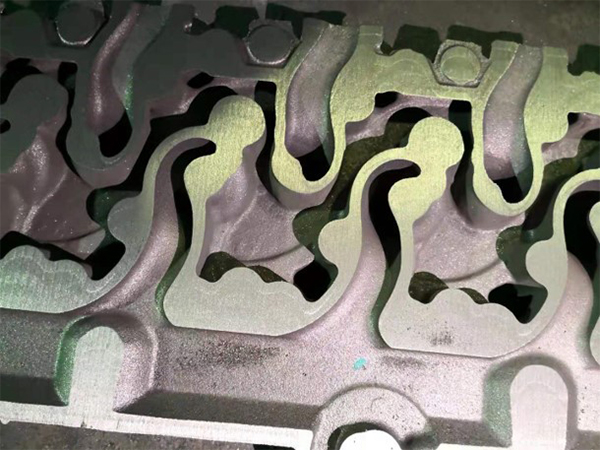The Importance of Sand Casting in Modern Manufacturing
Sand casting, one of the oldest and most versatile metal casting processes, plays a crucial role in modern manufacturing. This traditional technique, often overlooked in favor of more contemporary methods, continues to be a preferred choice for various applications due to its numerous advantages. This article explores the importance of sand casting, highlighting its benefits, applications, and the reasons it remains relevant in today’s industrial landscape.
Historical Context
Sand casting dates back to ancient civilizations, where artisans used natural sand to create molds for metal objects. Over the centuries, this technique has evolved but maintained its foundational principles. Its historical significance lies in its ability to produce metal parts with high precision and at a relatively low cost, making it an ideal choice for both small and large production runs.
Versatility and Flexibility
One of the primary advantages of sand casting is its versatility. The process allows for the creation of complex shapes and sizes, accommodating a wide range of materials, including iron, aluminum, bronze, and magnesium. This flexibility makes sand casting suitable for a vast array of industries, from automotive and aerospace to art and architecture.
Furthermore, sand casting can be used to produce large-scale parts, such as engine blocks, turbines, and machinery components, as well as smaller items like decorative pieces. The ability to create intricate designs without the need for expensive tooling makes it an attractive option for prototypes and one-off productions.
Cost-Effectiveness
Another important aspect of sand casting is its cost-effectiveness. The materials required for sand molds are relatively inexpensive, and the process itself does not involve extensive machinery or technological setups. This low-cost characteristic makes sand casting an ideal choice for startups and small manufacturers, allowing them to produce high-quality components without a significant financial investment.
importance of sand casting

Moreover, the efficiency of sand casting leads to less waste. Since sand can be reused multiple times, manufacturers can minimize material costs and reduce environmental impact. The operational simplicity of sand casting contributes to lower production costs, making it a financially viable option for various applications.
Precision and Quality
Contrary to misconceptions that sand casting lacks precision, advancements in technology have led to improvements in sand mold designs and casting processes. Today’s sand casting methods, including the use of computer-aided design (CAD) and improved molding techniques, enable manufacturers to create highly detailed and precise components. The ability to achieve tight tolerances ensures that sand-cast products meet quality standards required for demanding applications.
Additionally, sand casting allows for excellent surface finishes, particularly with modern techniques, enhancing the aesthetic appeal and functionality of the cast parts. As industries require higher quality and more intricate designs, the relevance of sand casting continues to grow.
Applications Across Industries
The applications of sand casting are vast and varied. In the automotive industry, sand casting is used for producing engine blocks, transmission cases, and various components that require high strength and durability. The aerospace sector also utilizes sand casting for producing lightweight yet robust parts, contributing to the overall efficiency of aircraft.
Moreover, the construction industry relies on sand casting to create architectural elements and infrastructure components, while artistic fields use the technique for sculptures and decorative items. The adaptability of sand casting to various sectors demonstrates its continuing importance in the manufacturing landscape.
Conclusion
In conclusion, the importance of sand casting in modern manufacturing cannot be overstated. Its historical significance, versatility, cost-effectiveness, precision, and broad range of applications make it an enduring choice for manufacturers worldwide. As industries continue to evolve, sand casting remains a cornerstone of production processes, proving that traditional techniques can coexist with modern advancements. By leveraging the strengths of sand casting, manufacturers can create high-quality, sustainable products that meet the demands of today's market. Thus, while newer casting technologies emerge, the importance of sand casting will likely persist, contributing to the foundation of innovative manufacturing solutions for the future.
Post time:Noy . 29, 2024 22:05
Next:Resin Coated Silica Sand for Enhanced Performance in Industrial Applications
